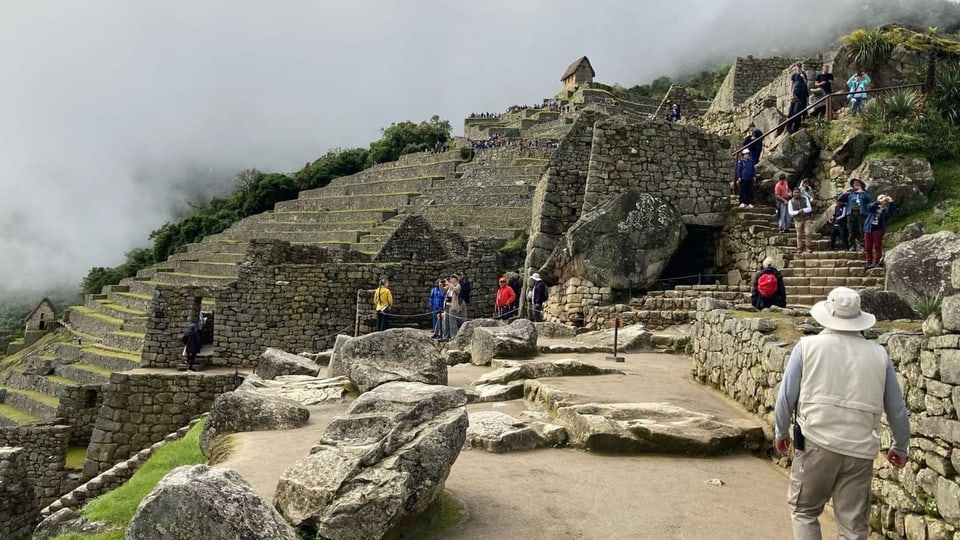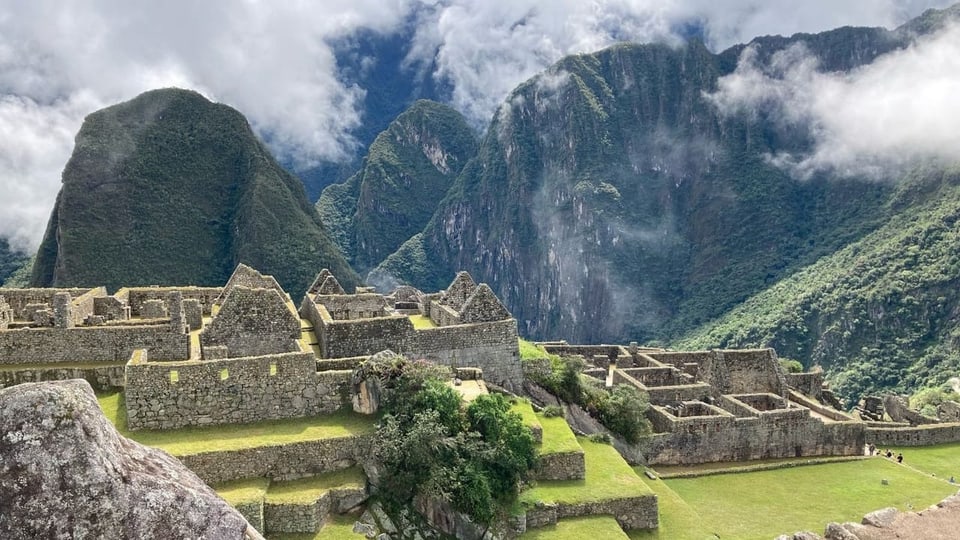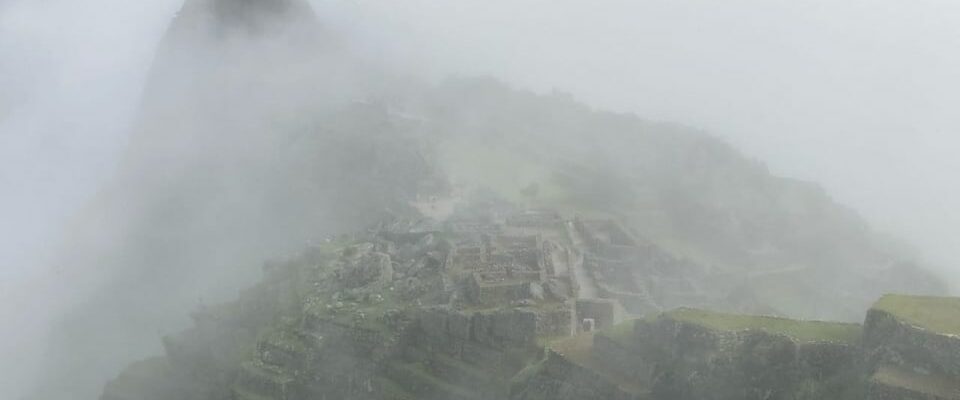Contents
The ruins of the 15th-century Inca city are one of the Seven Wonders of the Modern World. Located in the Andes at over 2,400 meters, the archaeological site attracts almost two million visitors from all over the world every year. But the future of Machu Picchu is uncertain.
At the beginning of the year there were major protests around Machu Picchu: the local population feared for their holy mountain. “Machu Picchu is not for sale,” they shout. The Peruvian culture minister should resign. The protest highlights the political tensions surrounding Peru’s most important tourist destination.
Anyone who visits Machu Picchu immediately understands why almost two million visitors come here every year: the Inca ruins rise slowly and mysteriously from the clouds of mist. Little by little, the entire city from the 15th century becomes visible: houses and temples, built to withstand earthquakes, with stone blocks wedged together.
Legend:
Majestic: The Inca city at an altitude of 2,400 meters
The Inca ruins rise slowly and mysteriously from the clouds of mist. Little by little the entire city from the 15th century becomes visible.
SRF / Teresa Delgado
Tour guide Sergio Guevara Chehade points to the ruined city. Tourists pose for photos next to him. “We tour guides don’t want a fight, we just want justice,” says the tour guide. He also took to the streets at the beginning of the year – out of concern for Machu Picchu.
“70 percent of the money we earn here in this protected area flows to the capital, to Lima. Most of it goes to bureaucracy and corruption. That’s why we want to manage our own income here. In Cusco, in the region where Machu Picchu is located.” The reason for the dispute with the Peruvian government is a decision by the Ministry of Culture: It wants to outsource the sale of admission to Machu Picchu to a private company.
Ticket sales should be privatized
“The contract with this company seems unclean,” says tour guide Sergio. «There was no public tender. And the Ministry of Culture allows this company to have a profit margin of almost four percent of the tickets sold. This corresponds to around three million francs per year. They only care about sales, not about preserving Machu Picchu. So why should this company make so much money from ticket sales? Why doesn’t the Ministry of Culture sell the tickets directly itself, as before? Why don’t we invest the money in preservation instead?”

Legend:
Popular tourist destination
Around 5,000 tourists visit Machu Picchu every day. A constant stress test for the archaeological site. The paths and barriers must be maintained regularly to preserve the ruined city.
SRF / Teresa Delgado
In Transparency International’s corruption index, Peru is in the lower midfield – in 101st place out of 180. “If ticket prices rise or more admissions are sold, in the end the visitors and the mountain pay for it,” says Sergio. Almost 5000 people visit Machu Picchu every day. If there were significantly more, the archaeological site could be damaged, the tour guides, including Sergio’s colleague Adriel Vilcas, fear. He speaks Quechua, the language of the Incas, and explains: “From this region, from Cusco, our ancestors, the Incas, ruled over large parts of South America from the 13th to 15th centuries. We have to take care of this legacy.”
A mountain that belongs to the world
The Peruvian government has promised dialogue with the local population. When asked about this, Sergio Guevara waves Chehade away. «Machu Picchu has been a UNESCO World Heritage Site since 1983. This mountain doesn’t just belong to the Peruvian government. This mountain belongs to the world, so we hope that the tourists who come here from all over the world will stand up for Machu Picchu and put pressure on the Peruvian government through their own embassies in Lima.”

Legend:
Local residents hope for support from tourists
The tourists at the bottom right of the picture seem tiny compared to the mighty Inca buildings. The local population hopes that tourists will support the preservation of Machu Picchu.
SRF / Teresa Delgado
